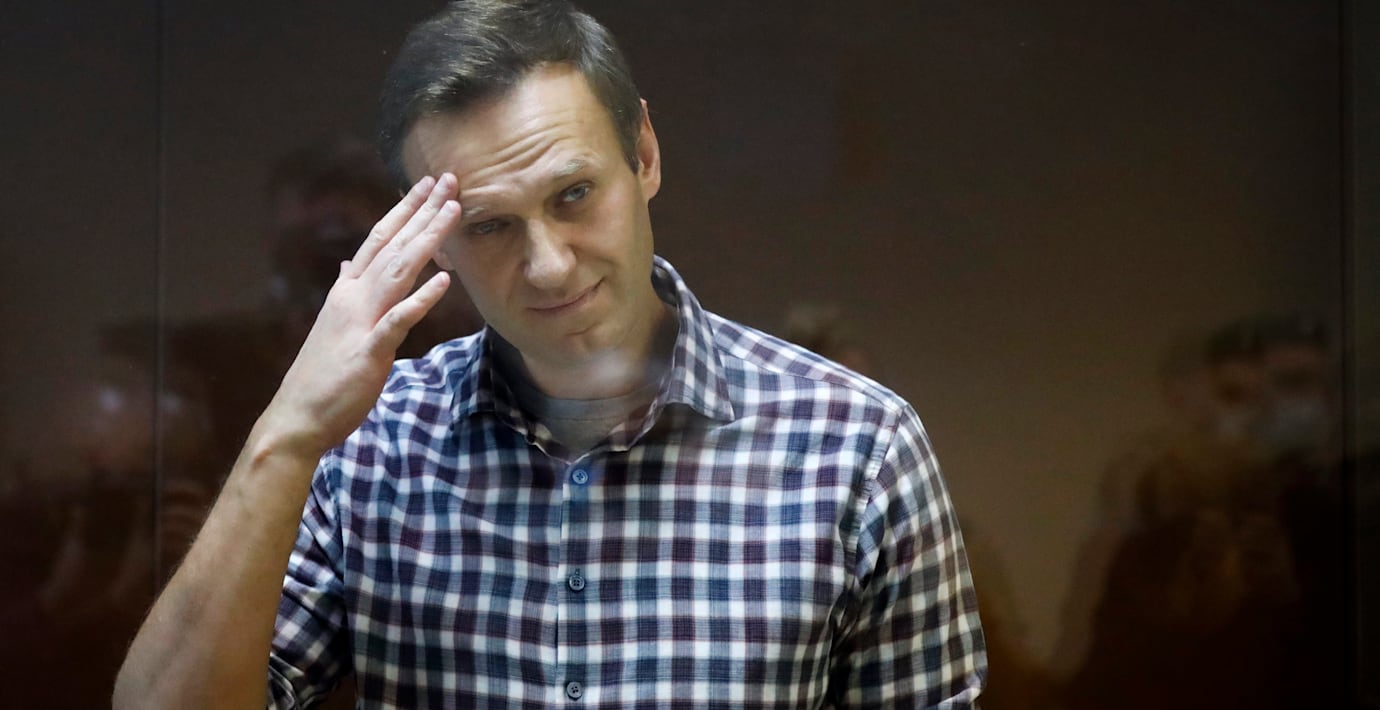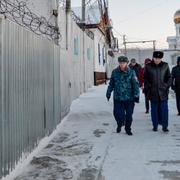
Navalnyj på straffkoloni nära Moskva: ”Vi är säkra”
Putinkritikern Aleksej Navalnyj har flyttats till en straffkoloni i Vladimirprovinsen utanför Moskva, rapporterar ryska medier.
– Vi kan inte vara säkra på vilket fängelse han befinner sig i och vi kan inte utesluta att han sitter i isolering. Vi kan bara vara säkra på att han befinner sig Vladimirprovinsen, säger Aleksej Melnikov vid en tillsynskommission för mänskliga rättigheter till Novaja Gazeta.
Reuters skriver, med hänvisning till den statliga ryska nyhetsbyrån Tass källor, att Navalnyj är på straffkolonin IK-2 i Pokrov.
Navalnyj är dömd till 2,5 års fängelse efter att ha brutit mot en villkorlig dom, genom att inte anmäla sig till sin övervakare när han låg i koma i Tyskland.
Det ryska fängelsesystemet
Wikipedia (en)
Prisons in Russia can be categorized under four types of facilities:
pre-trial institutions;
educative or juvenile colonies;
corrective colonies; and
prisons.The corrective colony is the most common, with 705 institutions (excluding 7 corrective colonies for convicts imprisoned for life) in 2019 across the administrative divisions of Russia. There were also 8 prisons, 23 juvenile facilities, and 211 pre-trial facilities in 2019.Prisons in Russia are administered by the Federal Penitentiary Service (FSIN). The FSIN’s main responsibilities are to ensure the completion of criminal penalties by convicted persons as well as hold detainees accused of crimes. The FSIN is also responsible for the prisoners’ physical well-being and rights under the Russian government.
In March 2019 the FSIN has a total prisoner population of 558,778, which includes all pretrial detainees. This number makes up 0.4% of the population. Only 8% of prisoners are female, and juveniles make up 0.2%. Incarceration rate in 2018 was 416 per 100,000 people. There was 947 total institutions that operated under the FSIN in 2015 with a total capacity that can reach 812,804. Only 79% of this capacity was in use that year. Notably, from 2000 to 2018, the prison population has dropped substantially by 458,228.Until 1998, the corrections system in Russia was controlled, and operated by the Ministry of the Internal Affairs. During this time of operation, it left many aspects of the prisons dismal at best. The equipment, properties, communications systems, and weapons that were owned and used for the sole purpose of corrections were neither maintained nor updated. This was due to the drastic underfinancing of the corrections systems. The prison management felt the worst of this treatment during this period under the authority of the Ministry of Internal Affairs. It was reported to have never received more than 60% of its actual required funds throughout that time of oversight. Funds dropped to nothing in the three months prior to the Russian Federation’s Ministry of Justice taking over responsibility of the corrections system.
Vladimirprovinsen, Ryssland
Omni är politiskt obundna och oberoende. Vi strävar efter att ge fler perspektiv på nyheterna. Har du frågor eller synpunkter kring vår rapportering? Kontakta redaktionen



